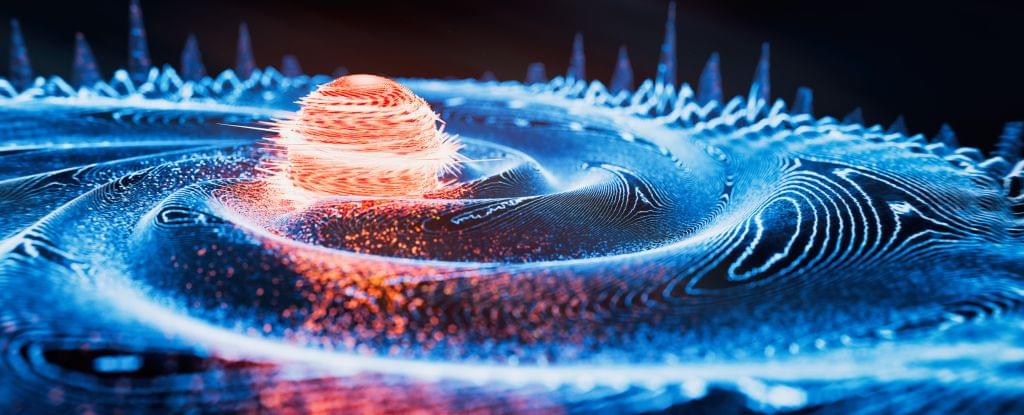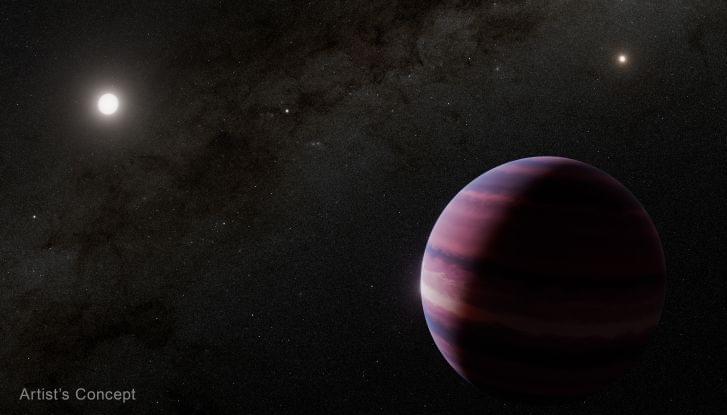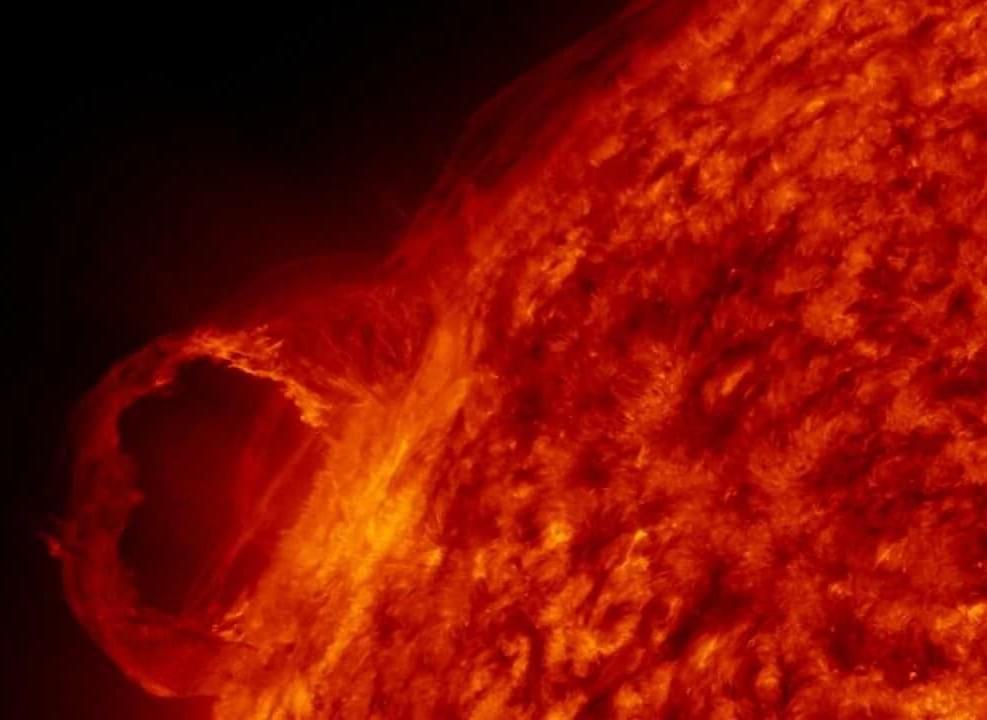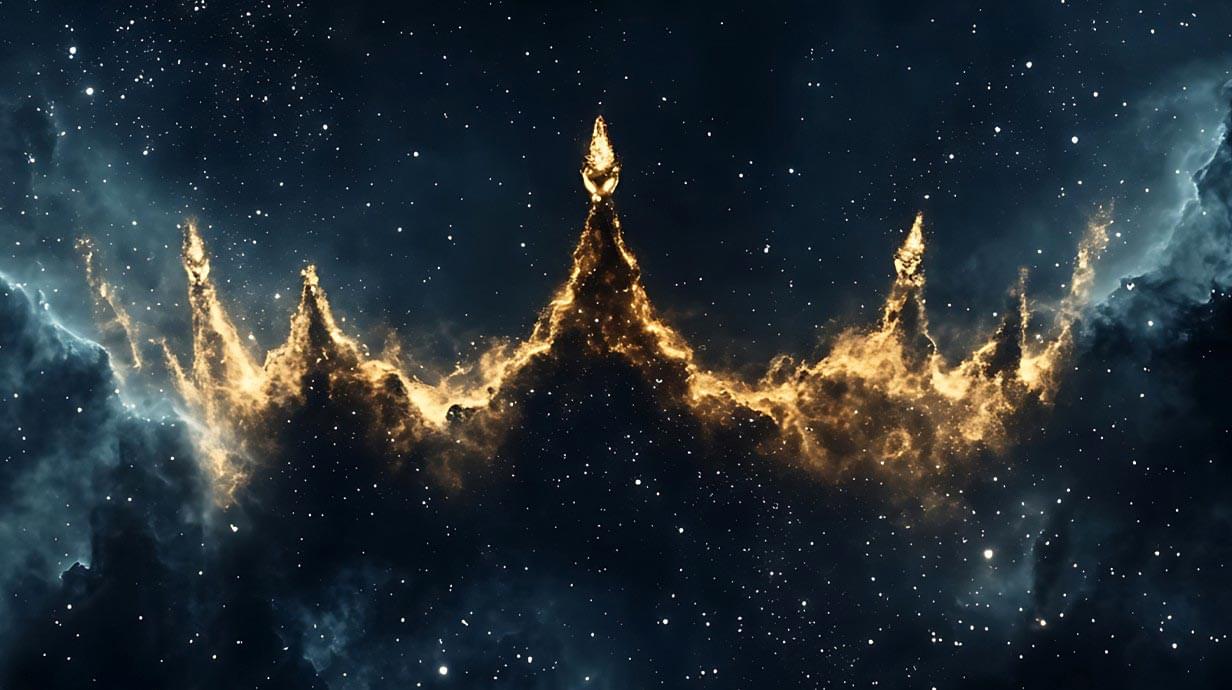Just as ocean waves shape our shores, ripples in space-time may have once set the Universe on an evolutionary path that led to the cosmos as we see it today.
A new theory suggests gravitational waves – rather than hypothetical particles called inflatons – drove the Universe’s early expansion, and the redistribution of matter therein.
“For decades, we have tried to understand the early moments of the Universe using models based on elements we have never observed,” explains the first author of the paper, theoretical astrophysicist Raúl Jiménez of the University of Barcelona.








